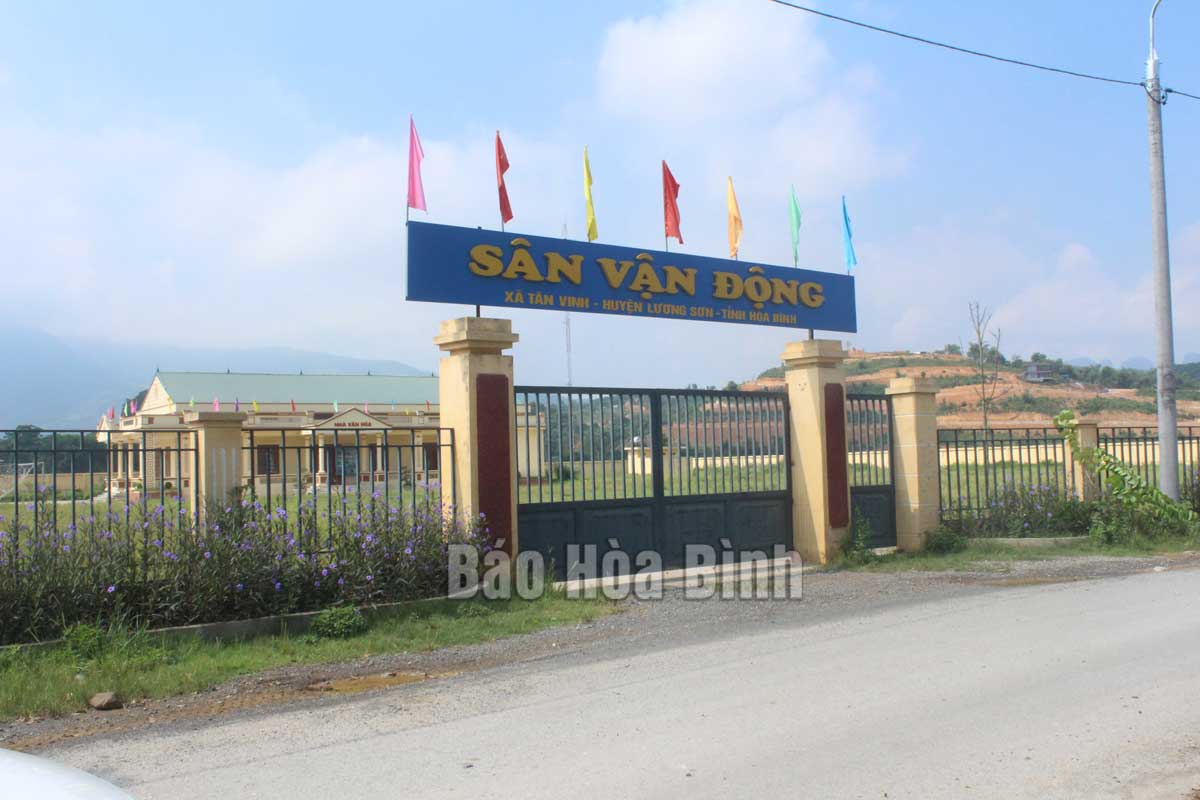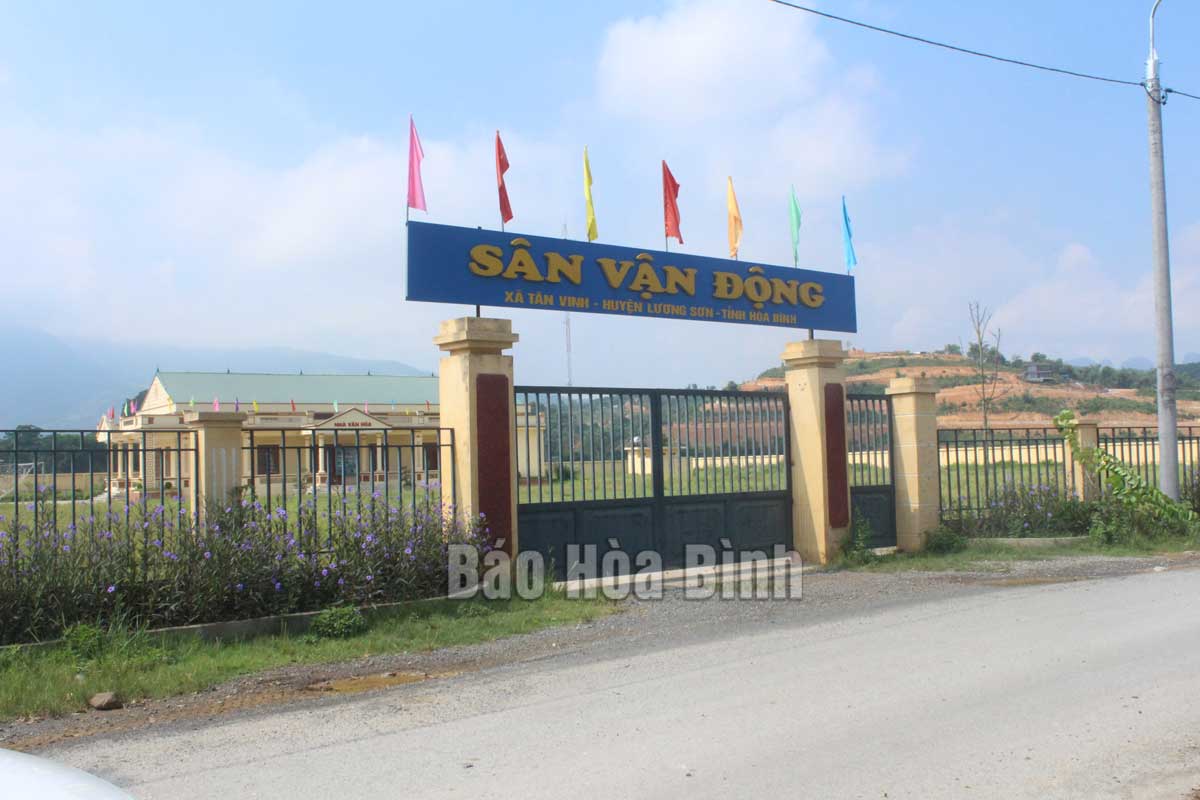
(HBO) – Thanks to the support from central and local authorities, communes in Hoa Binh province have continued mobilising and spending resources on cultural development so as to improve rural residents’ living standards.
Tan
Vinh commune of Luong Son district has been equipped with a large stadium which
has met local residents’ demand.
In the first nine months of 2021, communes
completed financial documents for 235 cultural works whose construction started
in 2020, including six communal cultural centres, seven communal stadiums, and
222 cultural and sports centres of hamlets.
So far, 75 of the 129 communes in Hoa Binh have
met Criterion No. 6 on cultural infrastructure in the national target programme
on new-style rural area building.
Besides, to satisfy Criterion No. 16 on culture,
local communes have been working to promote the building of civilised families
and villages, thereby greatly contributing to the movement that calls on all
people to stay united to develop a civilised lifestyle and build new-style
countryside. Their efforts have also helped improve many social aspects in
rural areas.
As a result, 116 of the 129 communes in the
province have met Criterion No. 16 on culture./.
With an increasingly vibrant and widespread emulation movement aimed at building cultured residential areas and cultured families, Yen Thuy District has been making steady progress toward improving both the material and spiritual well-being of its people, while fostering a civilized, prosperous, beautiful, and progressive community.
Once lacking recreational spaces and community facilities, Residential Group 2 in Quynh Lam Ward (Hoa Binh City) has recently received attention for the construction of a new, spacious, and fully equipped cultural house. The project followed the model of state support combined with public contributions in both labor and funding.
The "All people unite to build cultural life" movement, which has been effectively integrated with Kim Boi district’s socio-economic development goals, is fostering a lively spirit of emulation across local residential areas, hamlets, villages, public agencies, and enterprises. In addition, through the initiative, traditional cultural values are being preserved and promoted, while community solidarity and mutual support in poverty reduction and economic development are being strengthened.
A working delegation of the Hoa Binh provincial People’s Committee led by its Permanent Vice Chairman Nguyen Van Toan on June 11 inspected the progress of a project to build the Mo Muong Cultural Heritage Conservation Space linked to tourism services in Hop Phong commune, Cao Phong district.
Born and growing in the heroic land of Muong Dong, Dinh Thi Kieu Dung, a resident in Bo town of Kim Boi district, in her childhood was nurtured by the sweet lullabies of her grandmother and mother. These melodies deeply imprinted on her soul, becoming an inseparable part of her love for her ethnic group's culture. For over 20 years, this love for her hometown has driven Dung to research, collect, and pass down the cultural values of the Muong people to future generations.
In the final days of May, the Ethnic Art Troupe of Hoa Binh Province organized performances to serve the people in remote, mountainous, and particularly disadvantaged areas within the province. These were not just ordinary artistic shows, but they were the meaningful journeys aimed at spreading cultural values, enhancing the spiritual life of the people and contributing to the preservation of ethnic minority cultural identities.



